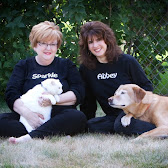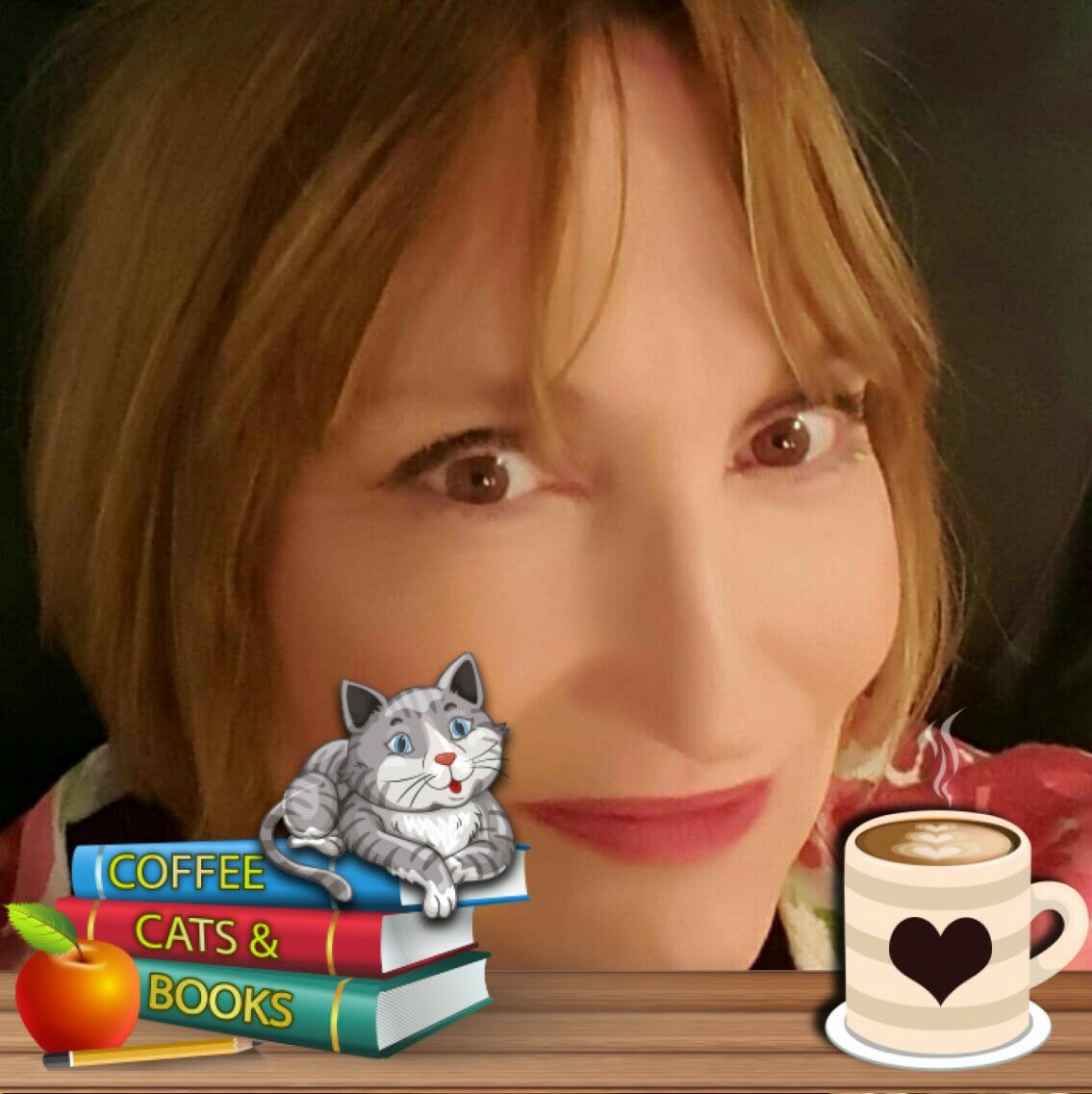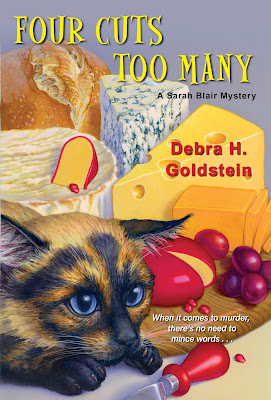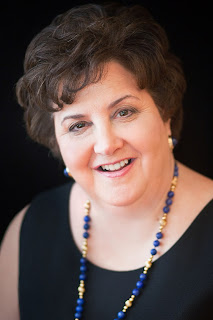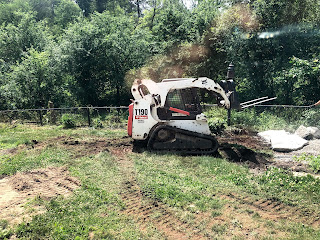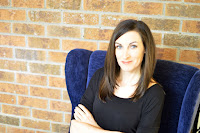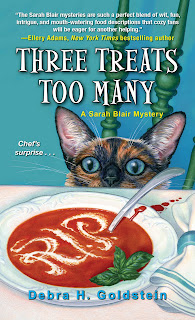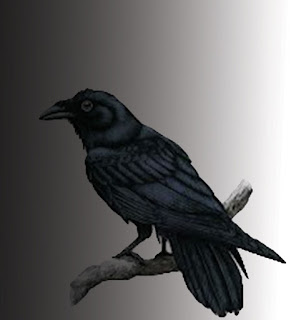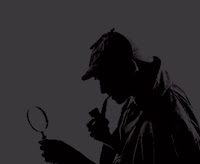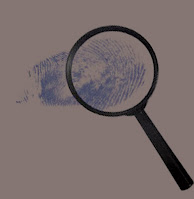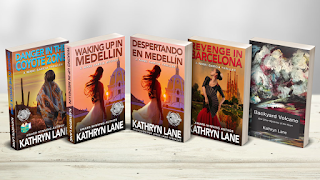No Fur or Feather Babies
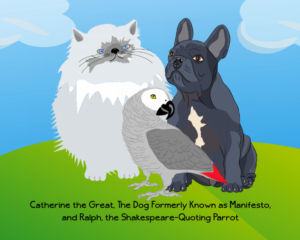
By Lois Winston
When I was asked to write a cozy mystery series, I knew I should include a pet. Cozy readers love books with pets, especially dogs or cats. Sometimes the pet is even an integral part of helping to solve the mystery. I also have many friends who write cozy mysteries, and most of them are pet owners.
I’m the outlier. I don’t have a fur baby. Instead, I have allergies. Allergies to just about all pets. At least the kind you can pet, cuddle, and play with. Tropical fish would probably be safe, but I consider those pretty things to watch swimming around rather than pets. If it has fur or feathers, I need to steer clear, and chances are, I’d probably also have issues with amphibians and reptiles. I’m even allergic to certain people—or at least to some of the grooming products they use.
I used to have pets. When I was a teenager, we had a dog. I walked around sneezing and coughing and suffering with horrible sinus headaches for several years until I left for college. Once I had my own apartment, I tried kittens. What was I thinking? The headaches, sneezing, and coughing returned with a vengeance.
When my kids were young, we got them a pair of gerbils. Even though I stayed far away from the cage, I still suffered.
So, unfortunately, I remain petless. My protagonist in the Anastasia Pollack Crafting Mysteries is far from petless, though. Not only does Anastasia’s household include her mother-in-law’s French bulldog Mephisto and occasionally Catherine the Great, her mother’s Persian cat, but Anastasia has also inherited her great-aunt Penelope Periwinkle’s African Grey parrot.
However, Ralph is no ordinary parrot. Having spent most of his life in Great-aunt Penelope’s classroom, listening to lectures on the works of William Shakespeare, Ralph possesses a unique talent. He has the uncanny ability to squawk situation-appropriate quotes from the Bard of Avon.
Is this even possible? Some African Greys do have huge vocabularies, but even though I’ve read up on the species, I’m no parrot expert. It doesn’t matter, though. I write fiction, humorous fiction. If readers can suspend their disbelief enough to accept a protagonist who stumbles across more murders than the average cop in an entire law enforcement career, why not a Shakespeare-quoting parrot?
Ralph is also very protective of his adoptive family. I hope you’ll check out how he proves his worth in Guilty as Framed, the 11th book in my humorous Anastasia Pollack Crafting Mystery Series.
~*~
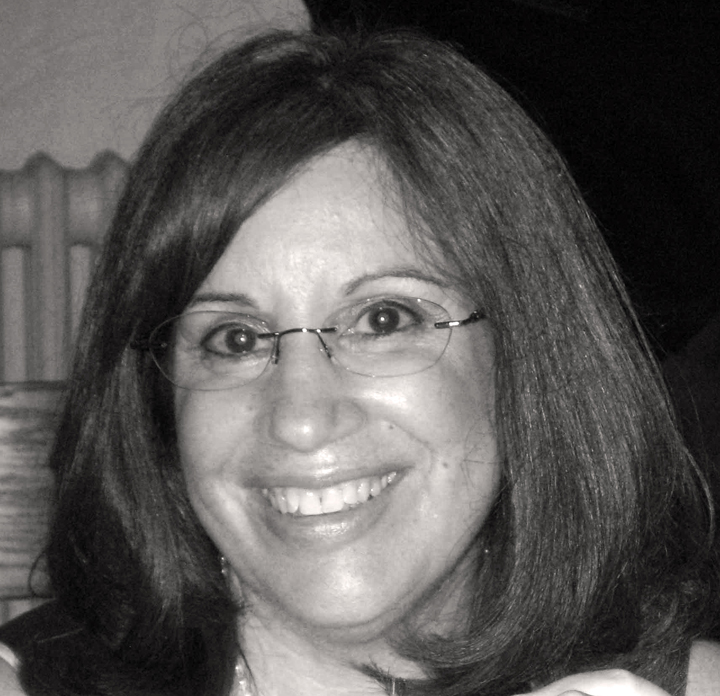 USA Today and Amazon bestselling and award-winning author Lois Winston writes mystery, romance, romantic suspense, chick lit, women’s fiction, children’s chapter books, and nonfiction under her own name and her Emma Carlyle pen name. Kirkus Reviews dubbed her critically acclaimed Anastasia Pollack Crafting Mystery series, “North Jersey’s more mature answer to Stephanie Plum.” In addition, Lois is a former literary agent and an award-winning craft and needlework designer who often draws much of her source material for both her characters and plots from her experiences in the crafts industry. Learn more about Lois and her books at her website www.loiswinston.com where you can also sign up for her newsletter and follow her on various social media sites.
USA Today and Amazon bestselling and award-winning author Lois Winston writes mystery, romance, romantic suspense, chick lit, women’s fiction, children’s chapter books, and nonfiction under her own name and her Emma Carlyle pen name. Kirkus Reviews dubbed her critically acclaimed Anastasia Pollack Crafting Mystery series, “North Jersey’s more mature answer to Stephanie Plum.” In addition, Lois is a former literary agent and an award-winning craft and needlework designer who often draws much of her source material for both her characters and plots from her experiences in the crafts industry. Learn more about Lois and her books at her website www.loiswinston.com where you can also sign up for her newsletter and follow her on various social media sites.


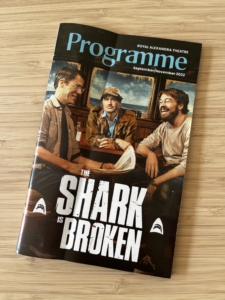 Character is key! Plot is important in any story, but to grab the reader, the author must have a great set of characters. From the second the first actor entered the stage during the play, I had no doubt he was playing Richard Dreyfuss, based on mannerisms alone. Each character should possess distinct traits that make it easy not only easy to identify, but to create and add conflict to a play or a book. A rollercoaster of emotion keeps a story fun, and nothing is better than the tension felt between opposing characters.
Character is key! Plot is important in any story, but to grab the reader, the author must have a great set of characters. From the second the first actor entered the stage during the play, I had no doubt he was playing Richard Dreyfuss, based on mannerisms alone. Each character should possess distinct traits that make it easy not only easy to identify, but to create and add conflict to a play or a book. A rollercoaster of emotion keeps a story fun, and nothing is better than the tension felt between opposing characters.

